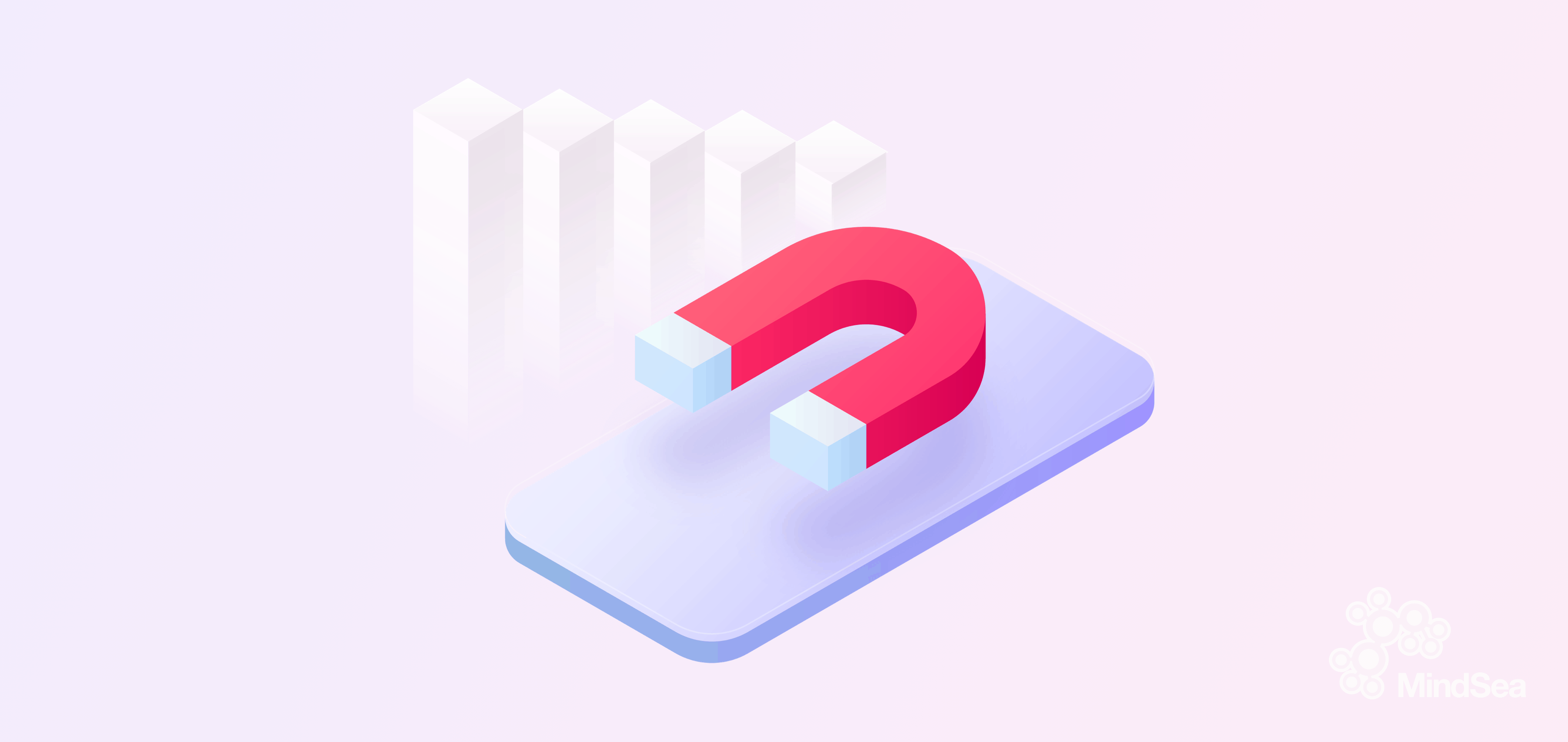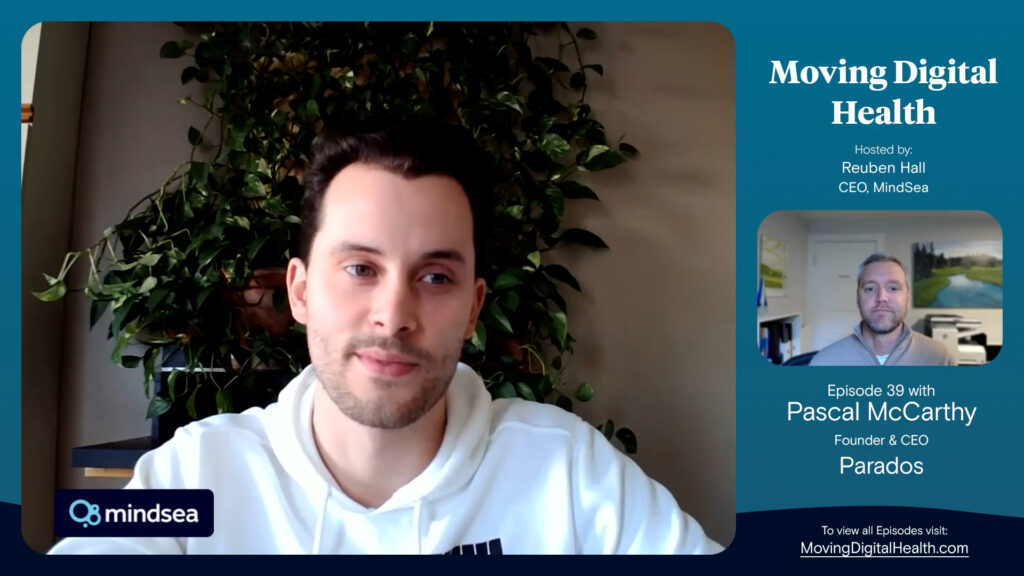Many developers choose to focus on growing their user base by investing vast resources into acquiring new users.
But user acquisition is only one part of the story – engaging and retaining these users is just as valuable for success.
Various studies suggest that apps are shedding over 70% of users in as little as 90 days. That’s a considerable amount of users which, in many cases, have cost something to acquire.
Interested in hedging your losses? Here are five pillars to follow that will help improve your app engagement and retention and keep folks coming back for longer!
Getting Onboarding Right
To keep users engaged, it’s important to have a lean and optimized onboarding process. The key is to focus on communicating value and limiting the non-essentials. Too much information can become as much of a barrier to retention, as no onboarding process at all.
Robust onboarding will help to reduce churn and boost engagement, as it simplifies the learning process for your users.
Of course, finding the sweet spot that communicates how to use your app without overloading the user can seem like a delicate balance, but the key is to keep things simple.
Here’s what a great onboarding process will do.
- Focus on one value proposition: Make it your core proposition. An onboarding process aims to communicate the core benefit that your app will bring. Keeping to only one core benefit will help avoid confusion.
- Highlight core features only: Similarly, sticking to core features will avoid overwhelming the user and let them quickly understand how they can use your app.
- Only ask for what you need: If your app requires permissions to function, then explain to the user why they need to provide it. And always ask yourself first – is this something I need to ask for now, or can I do it at a later stage?
- Keep it as quick as possible: Less is more. Don’t skip over any fundamental parts, but remember the drop off rate will grow incrementally with every task the user has to perform before being able to use the app.
- Optimize sign up if necessary: If a sign-in is necessary to the app’s function, find a quicker way to register a user. One example is Apple’s single sign-on for iOS; there are really no excuses for lengthy sign-up processes.
Think About Incentives
An excellent way to keep your users coming back to your app is to offer some time-sensitive incentives. This works best if you incentivize daily visits – for example, giving a reward each day a user returns to the app in their first seven days of use.
To vastly increase the user’s understanding of your app, link these rewards to key feature demos, and watch them engage with the app in the desired way to achieve a related reward.
This reward can take many forms, depending on the type of app, but generally ensuring that it’s valuable and that the user can clearly understand the benefits of the reward is important. Remember to offset these incentives against any monetization potential.
This doesn’t have to stop after the initial start-up period. Incentives can work over long periods too. If the user internalizes the incentive, you’ll certainly see that Daily Active User (DAU) number shoot up.
Deploy Appropriate Push Notifications
It’s hard to talk about engagement and retention without talking about push notifications.
These are a great tool to grab the user’s attention and remind them of your app; however, push notifications can become abusive very quickly. Implemented poorly, they can have a negative effect on retention and do more to put off users than keep them engaged.
For push notifications and engagement, quality is better than quantity.
Push notifications do work when implemented correctly. Various studies have stated that they can increase retention anywhere from 125% to 180%.
To be successful, notifications have to follow these three main rules:
- They should be tied to a specific call to action (CTA) or incentive
- They must be well-timed and delivered at a reasonable frequency
- They must be personal
Focus On Personalization
Personalization is a crucial part of any app engagement strategy. But what do we mean when we talk about personalization?
It is the process of aligning the user experience with the user’s needs and preferences.
This can be achieved in many ways. It’s simple to add the user’s name and other account information, but we want to do more to keep users coming back to our app again and again.
To piggyback off the previous section, push notifications are a great way to illustrate this point. A generic push notification might work with a specific incentive or compelling CTA, but to generate long-term engagement, notifications must offer personalized content.
This starts with data collection – using known user data (behavior, location, etc.) to customize push notifications, content, and views.
For example, sending relevant messages based on location is one way to drive engagement in specific moments. A contextual notification provides enormous value for the user because it not only reminds them of your app, but also demonstrates certain benefits when they’re needed most.
The proof is in the numbers – studies have shown that post push notification engagement increases eightfold when the notification is tailored to the user.
Use Feedback And Remember To Test
No developer will get their app right on the first attempt. That’s why it’s important to measure the key engagement and retention metrics while testing and iterating the features we’ve mentioned in this post.
Remember: your users are an important tool to help you understand low app engagement and retention. Create a two-way dialogue – provide them with the chance to provide feedback when they are using your app and their experience is fresh in their minds.
Another great source of information to help improve engagement and retention is to look at the reviews that come in through the app stores where you post your app. Identify common complaints and trends in the UI – these might be stopping users from getting all they can from your app.
Instilling a testing and iteration mentality to your app is also sure to help you engage and retain users for longer. Set up analytics and test to understand why your users behave as they do!
Wrapping Things Up
Building an app isn’t easy, and building one that sticks is even more of a feat.
That said, there are certain best practices that, if followed, can help you to achieve that long-term success you’re looking for.
Again, here are those best practices you’ll want to keep in mind:
- Streamline the onboarding process
- Provide your users with added incentives
- Use push notifications wisely
- Personalize
- Analyze and test
Bottom line: Keep things simple, listen to your users, and give them what they want!
If these tips have helped you and your app achieve better engagement and retention ratings, let us know in the comments below!



